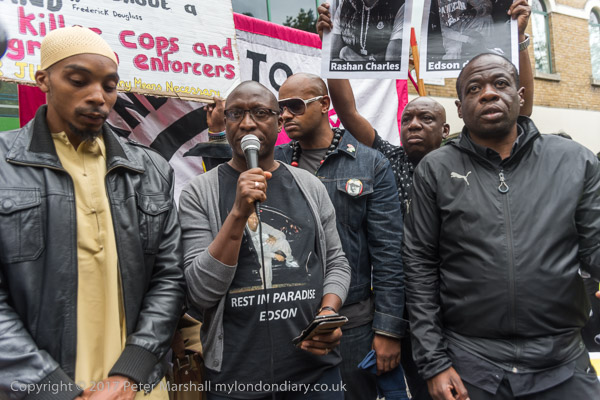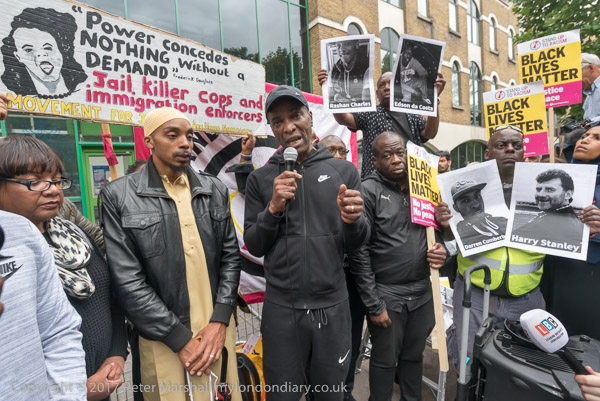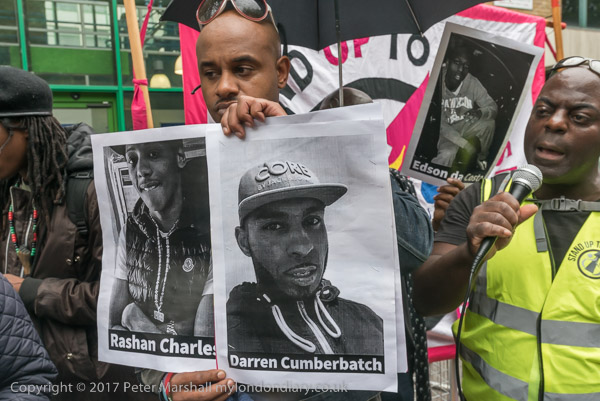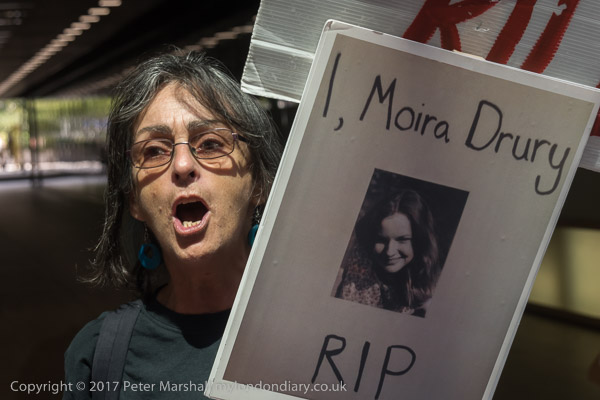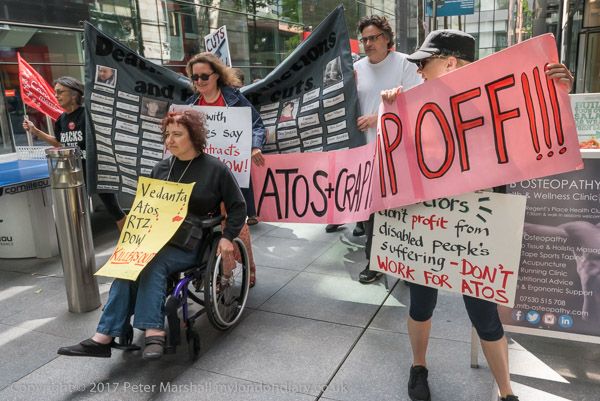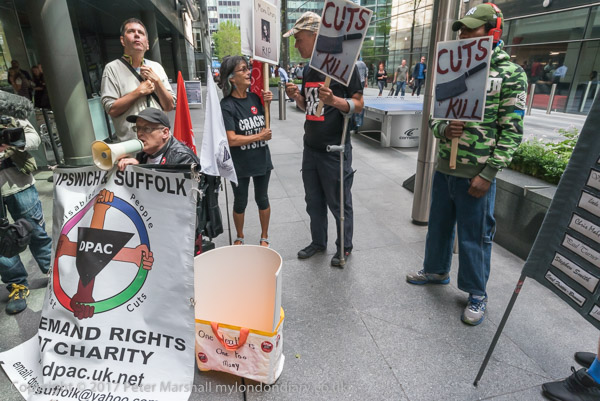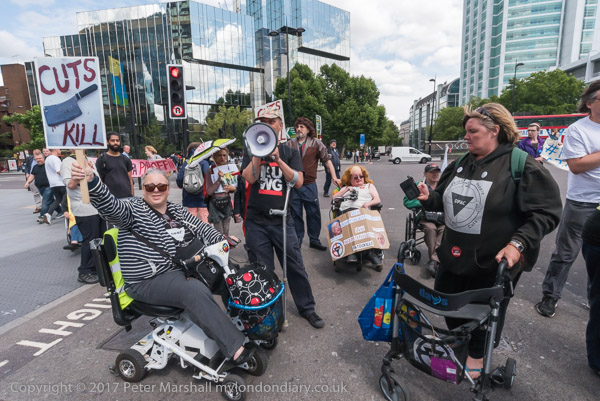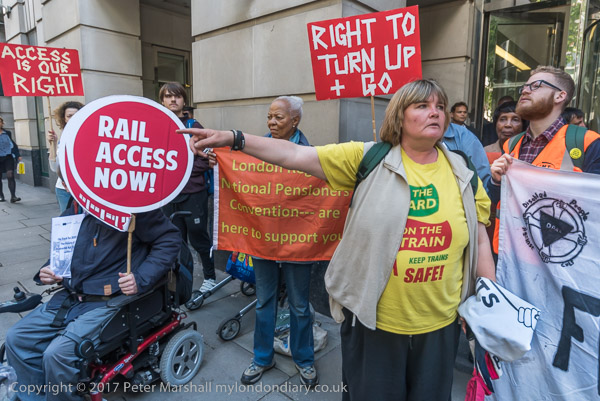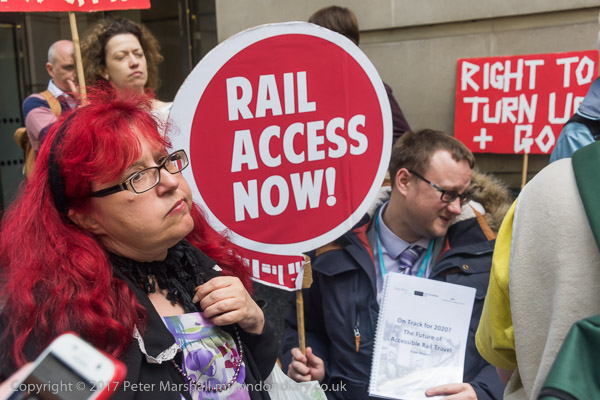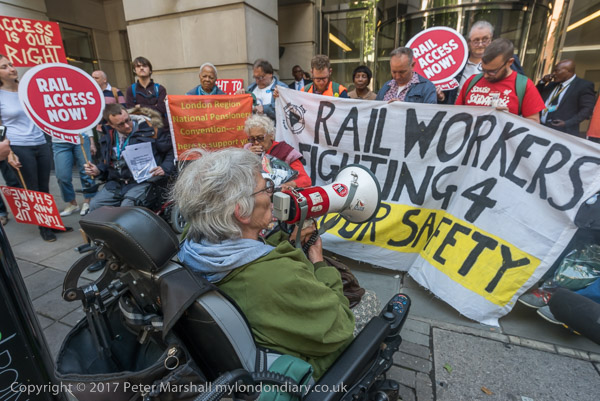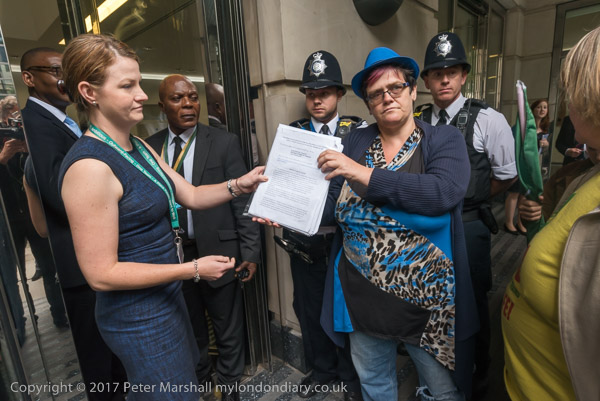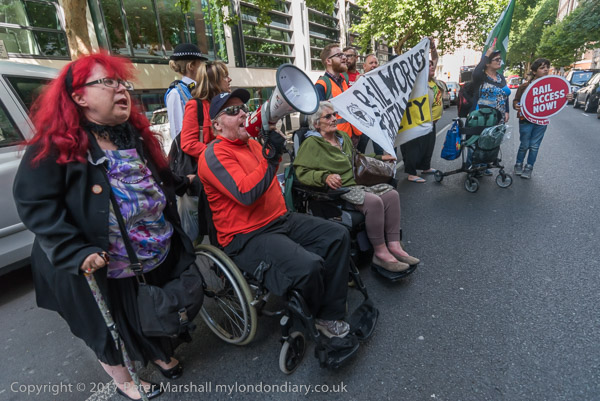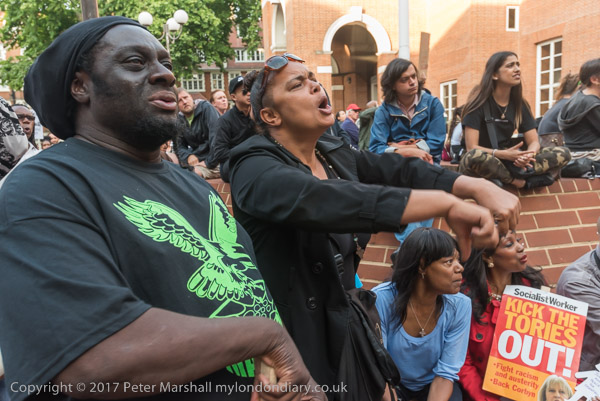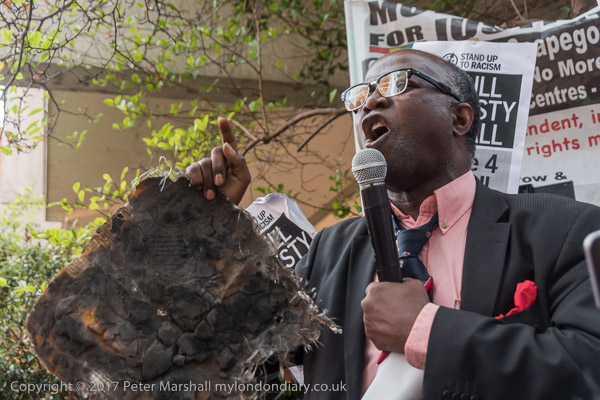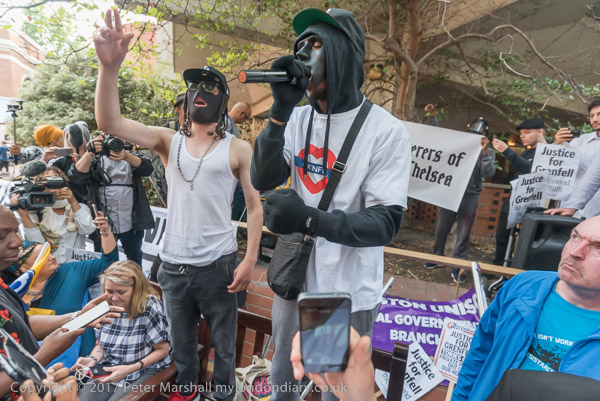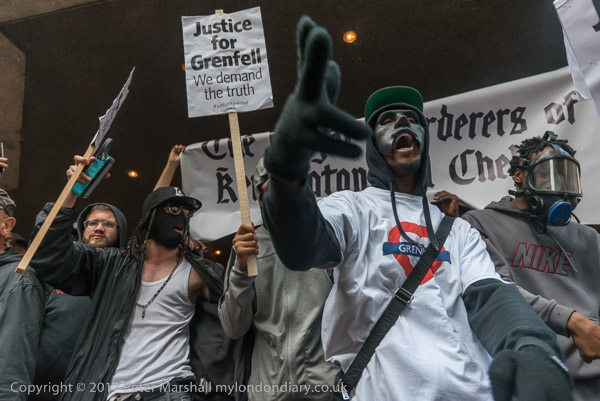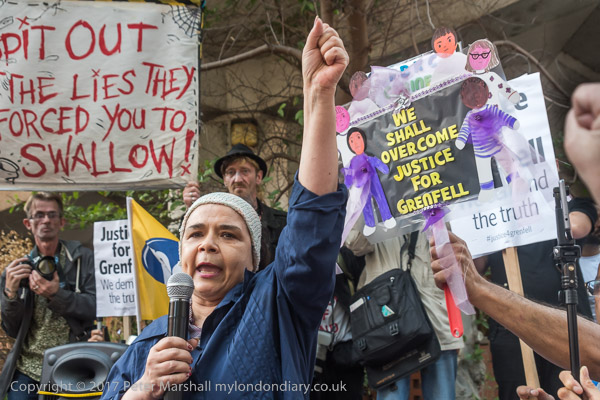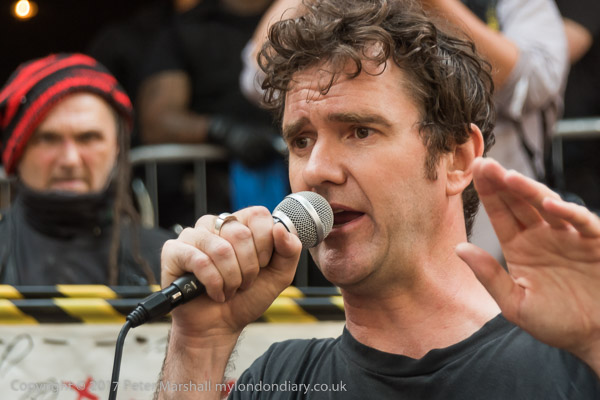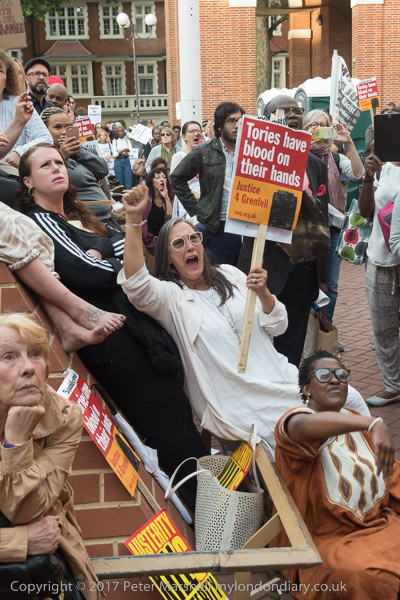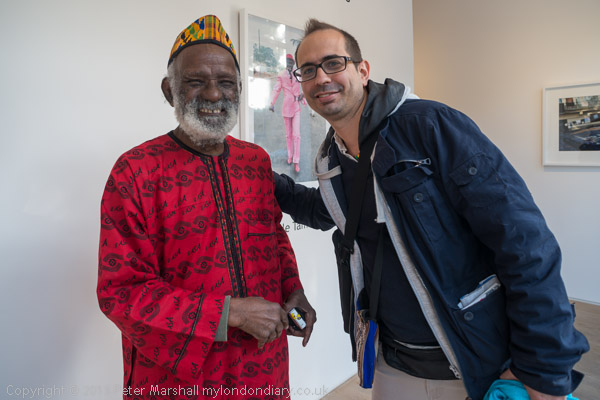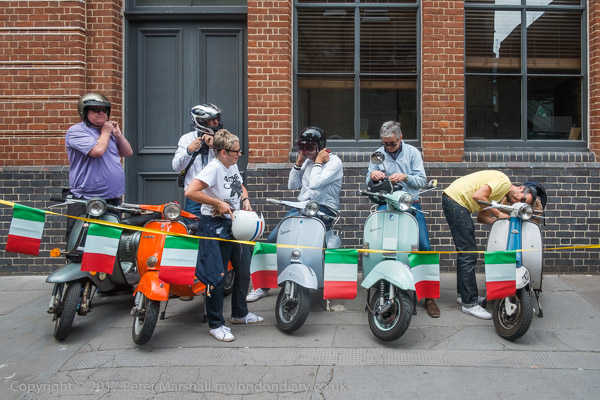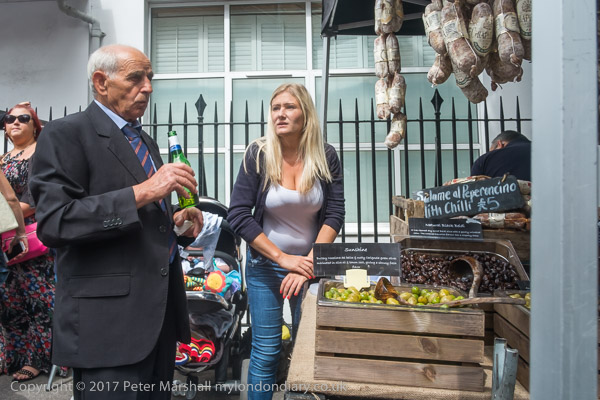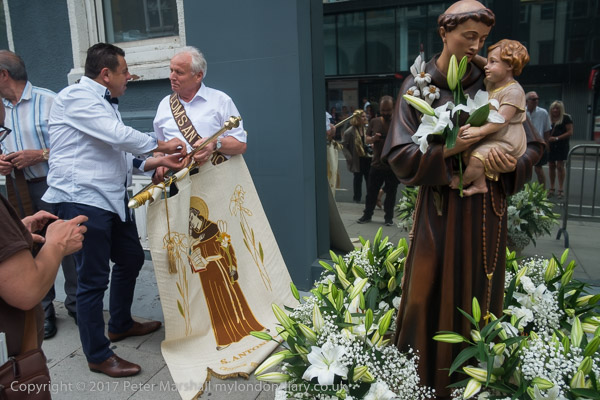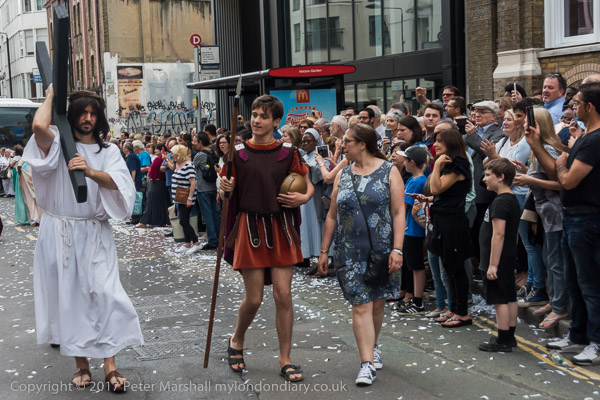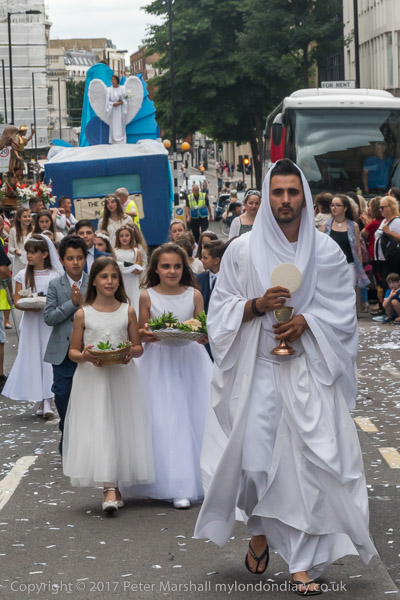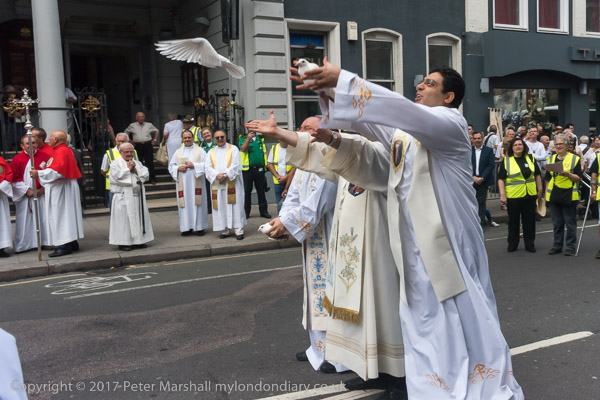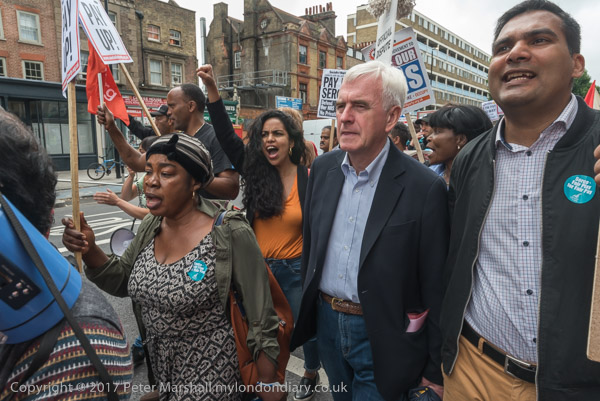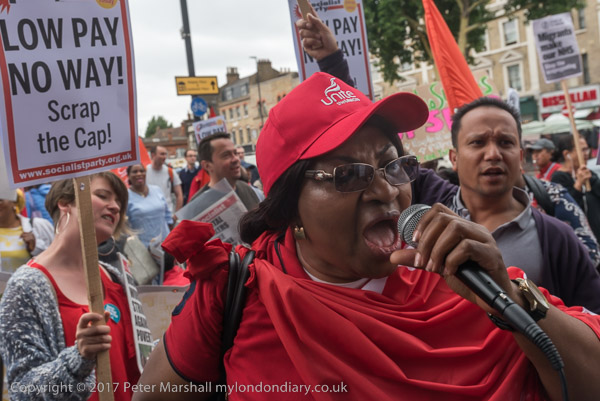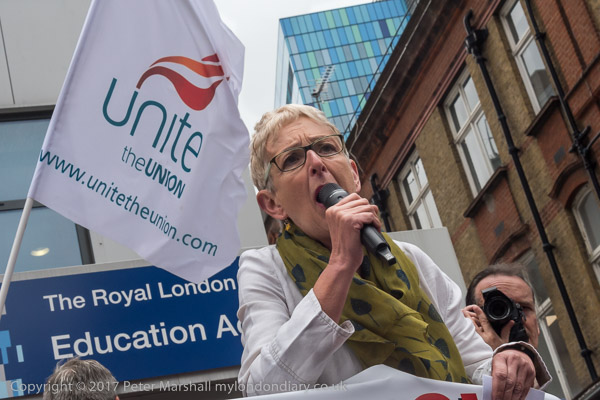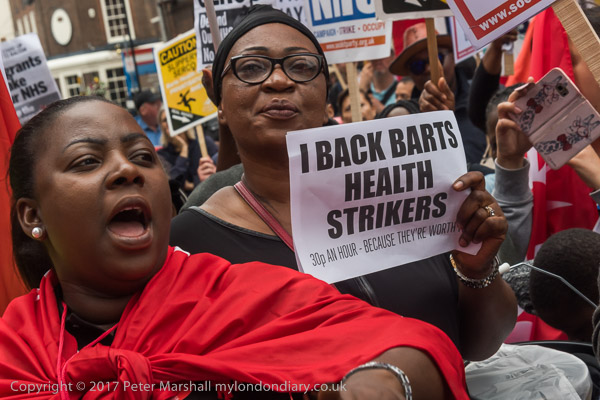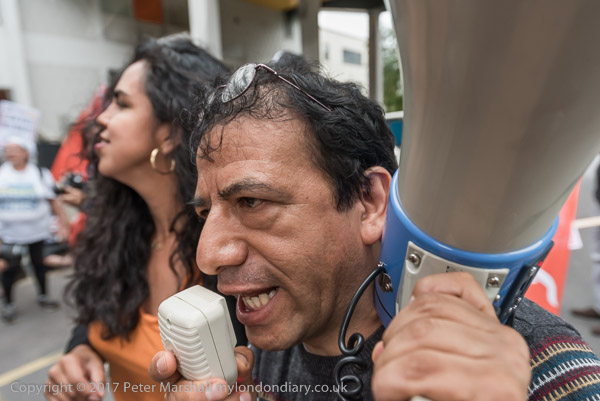Last year I needed a new camera strap. Well no, really I didn’t but one of my straps had broken and I found myself walking around holding one of my two cameras in my hand all afternoon. I couldn’t really complain about the strap breaking as it was probably over 20 years old having seen out the life of at least half a dozen cameras. Each of which had come in a box with a strap inside, most of which are probably somewhere in my loft.
But I seldom use the straps that come ‘free’ with the camera, and certainly not for the cameras I work with. Most of them must have added at least 50p to the overall cost of the package, and tend to feel like that. My favourite neck strap for a heavy DSLR (though I started using them with SLRs) is still the Optech Pro Strap with its nice wide neoprene cushioning which means you hardly feel the weight – and once I started using this I no longer had an aching neck at the end of the day’s work.
But good though it is, you can’t really use two of them at the same time – though they do sell special rigs for the purpose, a double sling and a dual harness – I really didn’t like the look of these. Functional they doubtless are, but there was something about having to be strapped into a rig that didn’t appeal to me.
So I looked around for alternatives and read the reviews. Some straps were clearly for the fashion conscious, to go with expensive leather cases (and I never before realised how expensive these could be) and it was easy to dismiss these. Others had the kind of narrow belting that slowly beheads you from behind as you work, but there were a few that seemed worth a try, and in particular the Peak Design Slide. This would keep my second camera at my side, well out of the way of the one on my Optech strap carried high on my chest, but enable me to quickly bring it up to my eye. So I ordered one, and have been using it for quite a while now, and am generally fairly pleased with it.
The strap attaches a little differently to a normal neck strap with special short quick-release anchors which are left in place on the camera. The web site and packaging shows these fitting directly onto the lug on the camera body, and while this was never going to work with the anchors that came with my slide, the latest design has thinner and stronger cords which can be pulled through the hole with a strong thread, It is a neater solution than using the normal split rings supplied with the camera, and avoids any possible damage to the camera body. You can also buy extra anchors making it a ten-second job to switch the strap from one camera to another, and it is equally fast to change from the Slide to a wrist strap from the Peak Design range.
There are two ‘quick adjustment’ sliders on the slide, to allow rapid adjustment of the length of the strap, and it is about these – or at least one of these – that I find Peak Design’s design at fault. They show a diagram with the rear adjust being used for “long term adjustment based on body type and preference” while the front adjuster is designed for “quick adjust”. But the two adjusters are identical and neither has a lock.
The consequence of this is that whenever I use the strap for any length of time, both adjusters end up at the bottom and the camera gets to hang rather closer to my knees than my waist, which is something of a nuisance. Yes, it is ease and quick to adjust, but when I’m busy working the last thing I should need to do is to fiddle with my camera strap. I want to firmly set the maximum length of the strap around 6 inches shorter but Peak provide no way to do this.
They rightly say that the strap resists a sharp pull without changing length, but somehow – perhaps by being knocked by my camera bag or just by the normal movements of my legs and body and the sliding up to my eye to take pictures which cause them to slowly creep, the adjusters inevitably work their way down.
My part solution to this problem involves using a safety pin which prevents movement of the rear adjuster, but a fudge like that shouldn’t be necessary with a high price product like this, and safety pins do sometimes come undone. When I’m sure I know exactly the length I want I’ll perhaps put a few stitches in.
It wouldn’t be difficult to design a rear adjuster than locked more firmly in place, and keeping the current front adjust would retain the quick adjustment that is a part of the design philosophy. A quick Google shows me I’m not the only one with this problem, and people have written to the support page asking how they can prevent it happening. They get told it is a part of the design, but like me I’m sure the questioners regard it as a design fault.
So while I’m generally happy with this, and have just bought another Peak Design product, a wrist strap (Cuff) for my newly acquired Fuji X-E3 (a detailed review here), it does seem to me that the company should perhaps stop spitting in the face of customers and rethink on that rear adjuster.
More about the X-T3 later. I’ve been quite excited about it, as it seems to have fixed most of the niggles I’ve had with previous Fuji-X cameras. It seems far more responsive than the X-T1, focusing faster with all my lenses and not yet leaving me waiting when I want to take a picture. I’ve just sent the X-T1 in for repair – again – so I can’t directly compare the two, and I’m still working my way through the manual – some settings are rather hard to find and understand – but the only thing I’ve found less impressive so far is the slightly smaller viewfinder. I suppose the big difference is the fixed back, but if you can live without that then I think the X-E3 is the best in the current Fuji range. Of course an upgrade to the X-T2 is rumoured for later in the year, so things may change.
So far as straps are concerned, if you only carry one camera and are still using the neck strap that came in the box, I’d highly recommend the relatively small cost of an Optech Pro, which will almost certainly get rid of those neck pains and headaches at the end of a long day at work. But I’ve grown to like using a sling strap with the camera resting on my right hip as an even more functional and relaxing way to carry a camera. If you are above average height (or girth?) the Peak Design Slide may be the right length for you, but until they fix the creep problem for the rear adjuster I’d hesitate to recommend it for those of average and below size. There are many other sling straps available at a wide range of cost – from around £2 to £150 – including one that looks very similar to the Peak at around a tenth of the cost though clearly without the same quality of finish and probably of materials. I’d hesitate before entrusting a camera and lens costing £2000 or more to some of them.
